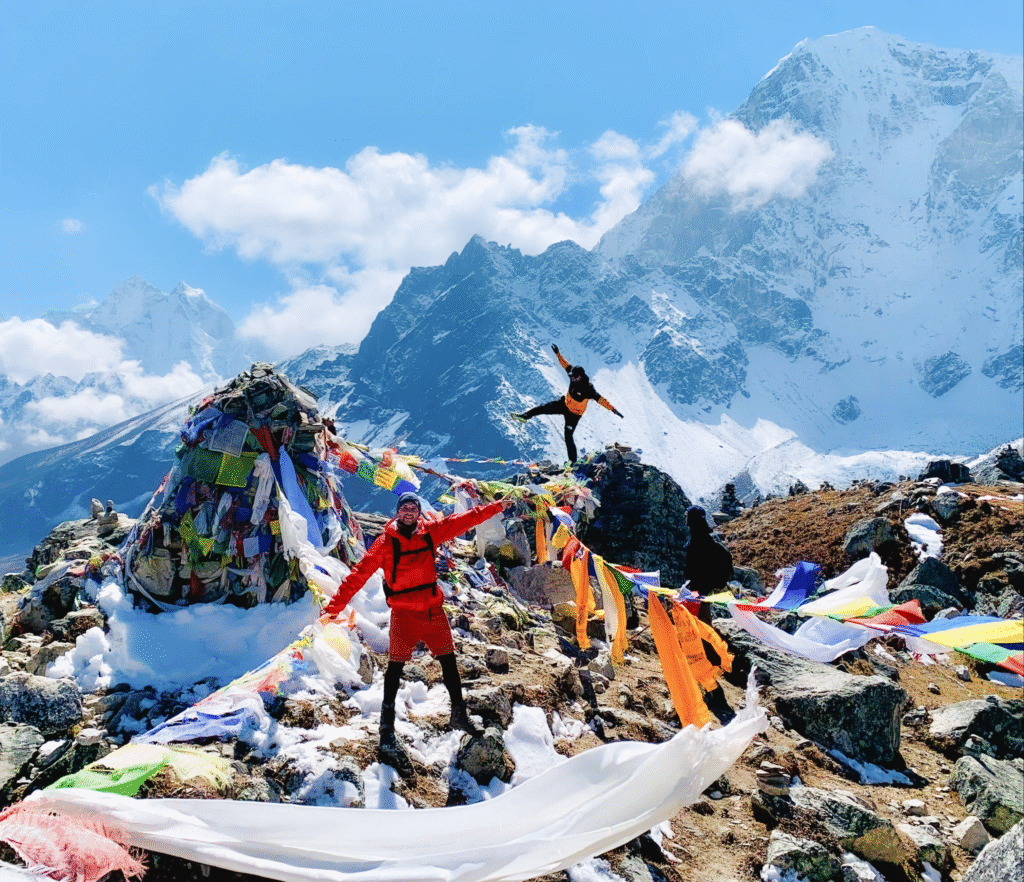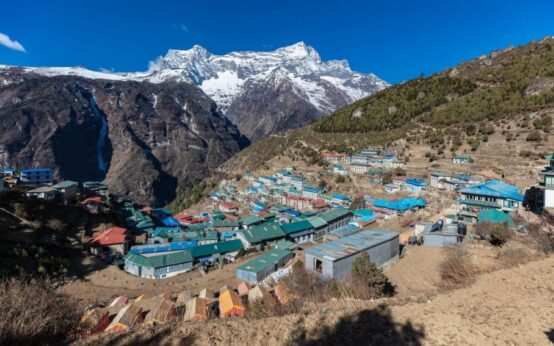Can I Do the Everest Base Camp Trek Without a Guide?
The Everest Base Camp trek remains one of the world’s most coveted adventures, drawing thousands of trekkers annually to the foothills of the planet’s highest peak.

As Nepal tightens regulations across its mountain tourism sector, many adventurers wonder: can you still trek to Everest Base Camp alone?
The Current Rules
Despite Nepal’s recent crackdown on solo trekking in many regions, the Everest Base Camp trek stands as a notable exception. As of 2025, you can still trek alone to Everest Base Camp at 5,364 meters, provided you secure the necessary permits. This includes the Sagarmatha National Park Permit and the Khumbu Pasang Lhamu Rural Municipality Permit.
However, this freedom comes with important caveats. While solo trekking to Base Camp remains legal, Nepal has completely banned solo climbing attempts on Mount Everest itself and all peaks above 8,000 meters. The distinction is crucial: trekking to Base Camp means hiking to the staging area where climbing expeditions begin, while climbing Everest involves the technical ascent to the 8,849-meter summit.
Why the Exception?
The Everest region’s exemption from the broader solo trekking ban reflects both practical and economic considerations. The Khumbu Valley, which leads to Everest Base Camp, features well-established infrastructure with teahouses, lodges, and regular foot traffic. This developed network provides natural safety buffers that more remote trekking areas lack.
Additionally, the Everest Base Camp trek generates substantial revenue for Nepal’s tourism industry. Restricting solo access could significantly impact local communities that depend on trekking income, from lodge owners to porters and local businesses.
The Reality of Going Solo
While legally permitted, trekking to Everest Base Camp alone presents serious challenges. The 12-18 day journey from Lukla involves crossing high-altitude terrain where weather can change rapidly and altitude sickness poses real dangers. Navigation, while straightforward on main trails, can become complicated in poor weather or when taking alternative routes.
Solo trekkers must be completely self-reliant for decision-making about acclimatization, weather conditions, and emergency situations. Unlike guided groups, you won’t have experienced local knowledge about current trail conditions, weather patterns, or early warning signs of altitude-related problems.
The psychological aspect shouldn’t be underestimated either. Long days of hiking alone, especially during challenging weather or when feeling unwell, can be mentally taxing. The camaraderie and shared experience of group trekking provides emotional support that solo trekkers miss.
Preparation is Everything
If you choose to trek solo, preparation becomes critical. This means extensive physical conditioning, understanding altitude sickness symptoms and treatment, carrying proper navigation tools, and having emergency communication devices. You’ll need comprehensive travel insurance that covers high-altitude trekking and helicopter evacuation.

Solo trekkers should also inform multiple people of their detailed itinerary and establish regular check-in schedules. The remoteness of some sections means that if something goes wrong, help may be hours or days away.
The Cost Comparison
Solo trekking can be more economical than guided trips, with total costs ranging from $1,000-$2,000 compared to $2,500-$4,000 for guided expeditions. However, these savings come with increased personal responsibility and risk.
You’ll still pay for permits, flights to Lukla, accommodation in teahouses, and meals. The main savings come from avoiding guide and porter fees, though many solo trekkers still hire porters to carry gear, finding the middle ground between independence and practicality.
Expert Recommendations
While solo trekking remains legal, most mountaineering experts recommend hiring at least a guide, if not a full support team. Local guides provide crucial knowledge about weather patterns, altitude management, and cultural insights that enhance both safety and experience.
Many experienced trekkers suggest a compromise approach: hire a guide for the first few days to learn the route and local conditions, then continue independently if comfortable. This provides some safety benefits while maintaining the independence many solo trekkers seek.
Looking Forward
As Nepal continues refining its mountain tourism regulations, the Everest Base Camp trek’s solo-friendly status isn’t guaranteed forever. Environmental concerns and safety statistics could eventually lead to stricter requirements, making current regulations potentially temporary.
For now, the dream of walking alone to the base of the world’s highest mountain remains achievable. Whether you should pursue it depends on your experience, preparation, and comfort with assuming complete responsibility for your mountain adventure. The mountain doesn’t care if you’re alone or in a group, but your preparation and decision-making certainly will.


 Can Everest Base Camp Be Moved?
Can Everest Base Camp Be Moved?  Sleeping at Everest Base Camp Trek
Sleeping at Everest Base Camp Trek  Connecting Everest to Kathmandu
Connecting Everest to Kathmandu